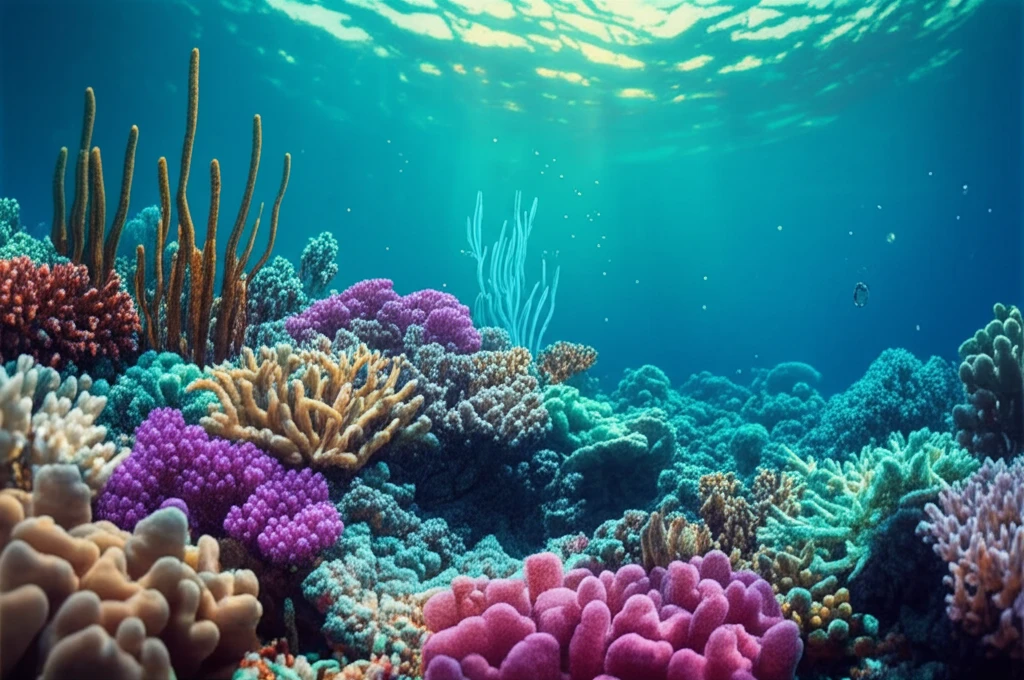
Reef Revival: How Algal Turf Sediments Hold the Key to Coastal Reef Health
"Uncover the crucial role of algal turf sediments in maintaining the health of the Great Barrier Reef and other coastal reefs. Learn how managing these sediments can help protect these vital ecosystems from terrestrial threats."
Coral reefs, vibrant ecosystems teeming with life, are under increasing threat. Among the most pressing dangers is the surge in sediment runoff, a consequence of coastal development, agriculture, and dredging. Sediments, while a natural part of the reef environment, can become a major stressor when their quantity overwhelms the delicate balance. Increased sediment inputs cloud the waters, smother corals, and disrupt the intricate web of life that these underwater cities support. These stressors are often overlooked but significantly contribute to reef decline.
While the focus often remains on suspended sediments and direct sedimentation on corals, there's a hidden world of sediment dynamics happening within the epilithic algal matrix (EAM). The EAM, essentially the 'turf' of algae, sediment, and detritus that blankets much of the reef surface, acts as a major sediment trap. Understanding how this process works, especially in coastal reefs facing the brunt of terrestrial runoff, is critical for effective conservation.
A groundbreaking study published in "Marine Pollution Bulletin" sheds light on the critical role of algal turf sediments in coastal reef ecosystems, specifically along Australia's Great Barrier Reef (GBR). The research uncovers how these sediments differ dramatically between coastal and offshore reefs and how this knowledge can inform better management practices to protect these precious environments.
The Hidden World of Algal Turf Sediments

The study highlights a stark contrast between coastal and offshore reefs in terms of algal turf sediment loads. Coastal reefs, closer to land-based sediment sources, bear a significantly higher burden. The research team found that, on average, coastal reefs accumulate 9.4 times more sediment within their algal turfs compared to their offshore counterparts. This massive difference underscores the vulnerability of coastal reefs to land-based activities.
- Coastal reefs have significantly higher algal turf sediment loads than offshore reefs.
- Sediment composition varies greatly among coastal reefs.
- The type of sediment affects the health and function of the reef ecosystem.
- Proximity to rivers and local hydrodynamics influence sediment dynamics.
Protecting Our Reefs: A Call to Action
The study serves as a critical reminder of the interconnectedness between land and sea. By reducing sediment runoff through sustainable land management practices, improved coastal planning, and responsible agricultural techniques, we can directly alleviate the pressure on these vulnerable ecosystems. Further research is needed to fully understand the long-term consequences of altered sediment dynamics and to develop targeted strategies for reef restoration and resilience. Protecting our reefs requires a holistic approach that considers the often-overlooked role of algal turf sediments and the critical link between terrestrial activities and marine health.
